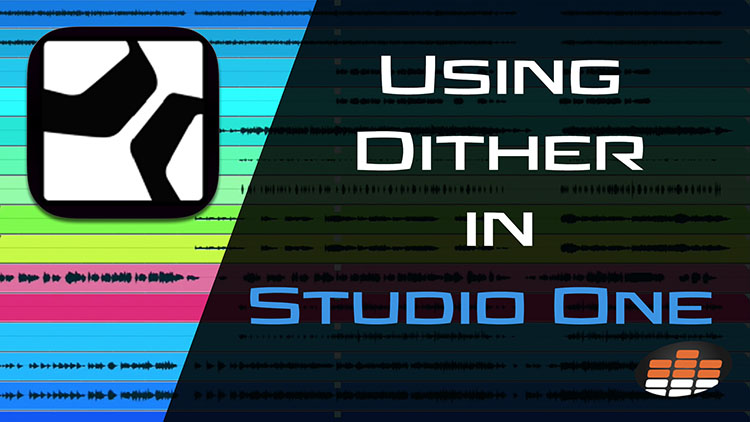Carlo Libertini is a Melodyne audio editing specialist with Music Marketing Inc. of North America. He’s also an audio production engineer with twenty years’ experience, and performs trainings, demonstrations, and services for top studios and institutions across the country. In between production responsibilities he conducts online training seminars, collaborative production meetings, software demonstrations, and video tutorials.
Of course, Carlo is our resident Studio One expert, too! In this segment, he explains the importance of dithering in audio production.
Dithering is one the lesser understood concepts in audio production, and it often gets overlooked. However, it’s important to understand what it is and how it’s used.
What is dither?
When we’re recording at a high-fidelity bit depth like 24 or even 32, we eventually have to downsample our audio to 16-bit for CD or streaming release. Downsampling causes information loss, and ultimately degrades the quality to a certain extent.
What dither does is add a low-level noise to the audio to fill in the mathematical gaps left by downsampling. Again, this is something we overlook or simply take for granted most of the time. But it’s important to at least have a rudimentary understanding of the process and what it means for the quality of your audio.
By default, Studio One has dithering enabled. You can check this by going opening up Preferences. Under the Advanced tab you’ll find a box checked next to “Use dithering for playback and audio file export.”
Studio One will preserve your audio’s fidelity at all times during playback and file export as long as this preference is enabled.





